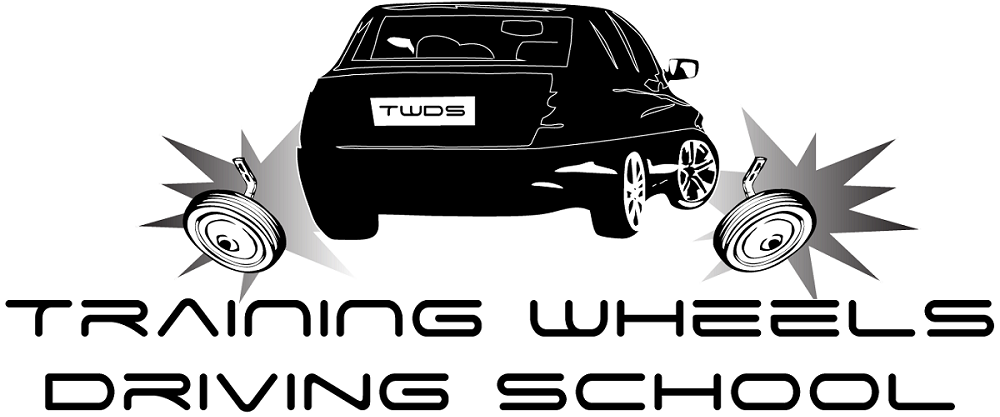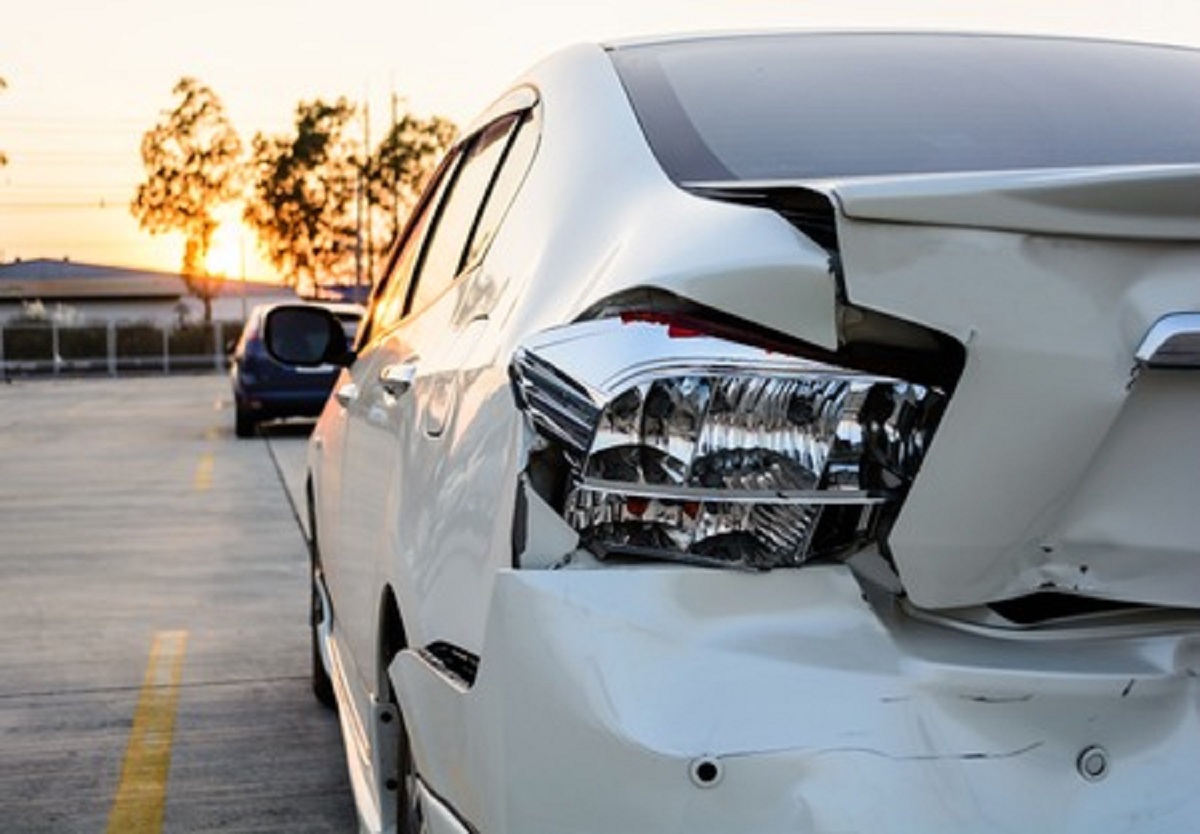How Do Crumple Zones Work?
Seat belts, air bags, head restraints, and interior features are constantly being redesigned to be more flexible in the event of a crash, all of these things helping to minimize injuries and protect passengers during an accident. Today, new vehicles are equipped with electronic stability control (ESC), which can help detect when a skid is about to occur and adjust brakes to provide the driver with more traction.
In addition to ESC, new crash avoidance technologies are emerging for vehicles. Lane departure and forward collision warning systems as well as blind spot monitoring and smart cruise control features have been created to ensure safety. Auto safety has come a long way, and one of the most effective innovations is the crumple zone or crush zone. The crumple zone is designed to cause areas of a vehicle to deform and crumple in a collision.
In a crash, crumple zones help transfer the car’s kinetic energy to control the impact. This can create more damage to the vehicle, but it’s a safer option for passengers. The crumple zone absorbs some of the impact’s energy to prevent it from being transmitted to the driver. The severity of personal injury is more likely to be reduced with this feature. Lowering the average impact force could help reduce fatalities.
Crumple zones reduce and redistribute the initial force of the crash. The entire car, however, cannot serve as a crumple zone—they still need to have a strong, rigid frame that keeps passengers from crumpling with the vehicles. Also, there are parts of the vehicle that can’t have crumple zone areas, such as the engine. There are areas in the front referred to as the crash boxes, which are steel frameworks that collapse and crumple to help absorb impact.
The idea of the crumple zone began in 1959 when Mercedes-Benz started manufacturing cars designed to absorb impact energy. Since the introduction of safety ratings in the late 70s, all manufacturers of passenger cars and trucks have adopted the design. Along with crumple zones, modern designs continue to make improvements and safer vehicles.
Engineers have to consider many factors in designing safer cars, such as vehicle size, weight, and frame stiffness, to estimate a crash’s likelihood and how forces may distribute during an accident. Whenever a car is involved in a crash, intense kinetic forces are at work. The numbers tend to vary based on the car’s speed and mass along with whatever it hits or collides with.
Think you or someone you know is in need of Behind the Wheel Training? Training Wheels is an Atlantic City driving school specializing in teaching new teen drivers how to stay safe on the road. For more information on our lessons, please click here.
Copyright: mealmeaw / 123RF Stock Photo

